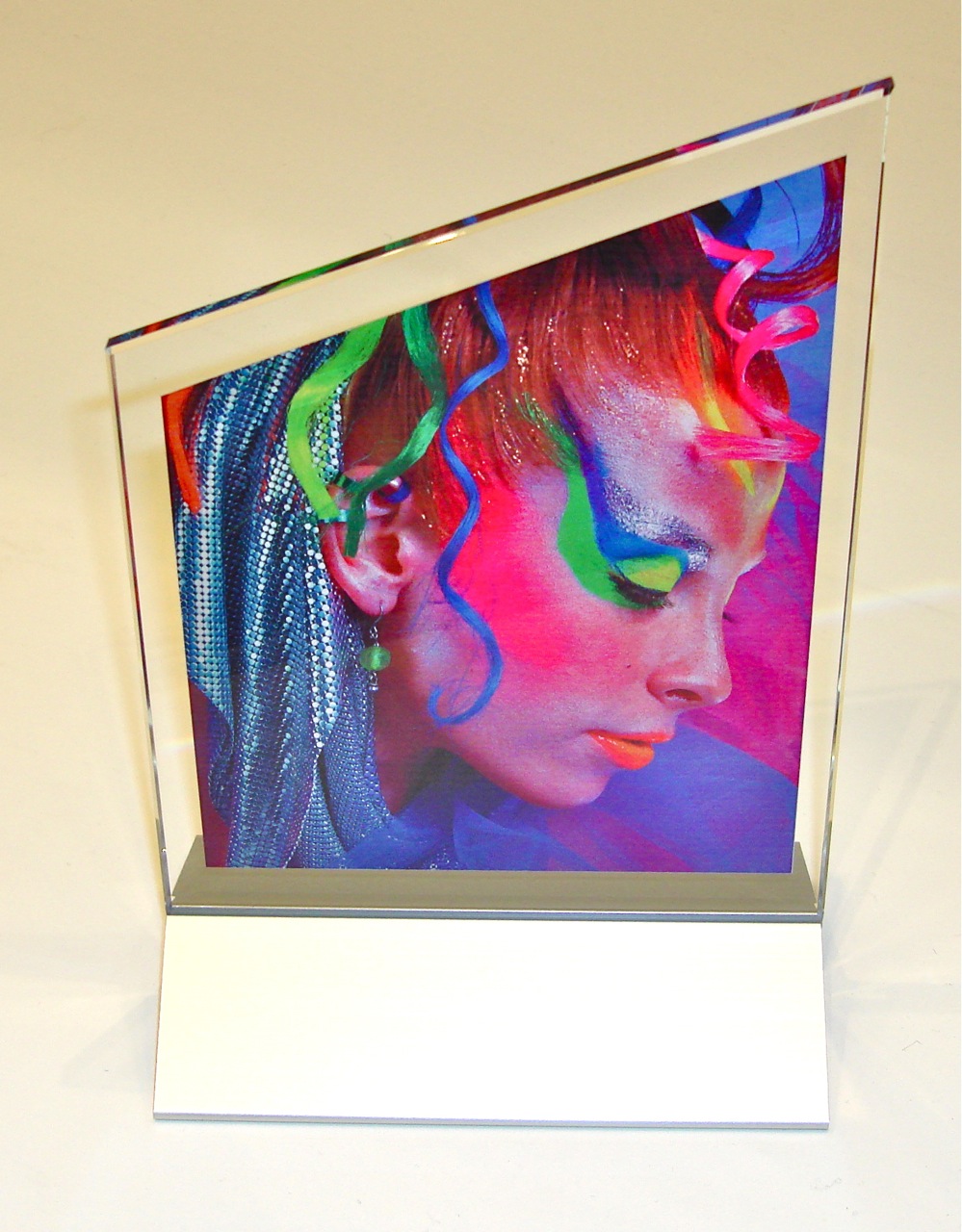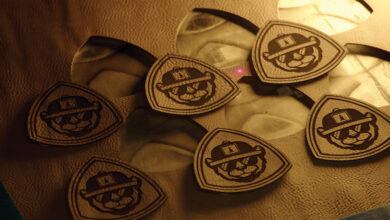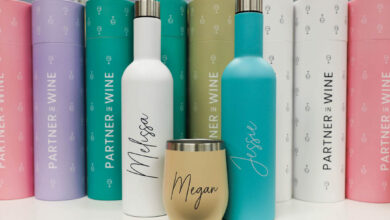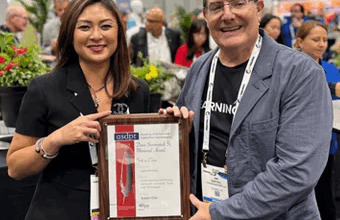Direct printing on glass has been around for several years and first became popular in Europe to print large glass panels well before coming to the USA. The screen printing and sublimation processes have long dominated the trophy and awards industry. However, in recent years the development of UV-cured inks coupled with advances in inkjet printer technology has changed the glass printing landscape.
Unlike printing with ceramic inks, which require a very high cure temperature, UV-cured inks need only ultraviolet light exposure to cure the ink in a matter of seconds. UV-cured inks are now also much harder and more scratch-resistant, making them ideal for the award and recognition industry.
One of the early limitations of direct glass printing technology was that glass typically required an adhesion promoter. Previous generations of the inks did not adhere well to a slick glass surface. Newer developments of UV-cured inks, coupled with various user techniques, have largely solved the adhesion problem. The manufacturers of UV direct print machines have also developed many solutions to help with ink adhesion on glass.




